What are Root-Knot Nematodes?
Unlike beneficial nematodes, root-knot nematodes are not welcome in the garden. Root-knot nematodes are microscopic roundworms found in soil. They are plant-parasitic and enter plant roots causing galling(swelling and knots) that affects the uptake of water and nutrients. vegetables.
There are several species of root-knot nematodes and treatments vary depending on the type of root-knot nematode. In commercial agriculture, they are treated with nematicides, which is very toxic and expensive and not practical for the home garden.
Symptoms of an Infestation
Plants may appear sickly looking with stunted growth and yellowing. It is common for the plants to wilt during the day due to the inability to take up sufficient water, but in arid desert climates, this also happens to healthy plants. The plant will produce a lesser quality of fruit, that appears smaller, possibly discolored, or lighter than the normal healthy color and as the summer gets warmer and plants get larger, the decline in plant health increases rapidly. Nematodes are very active in warm weather.
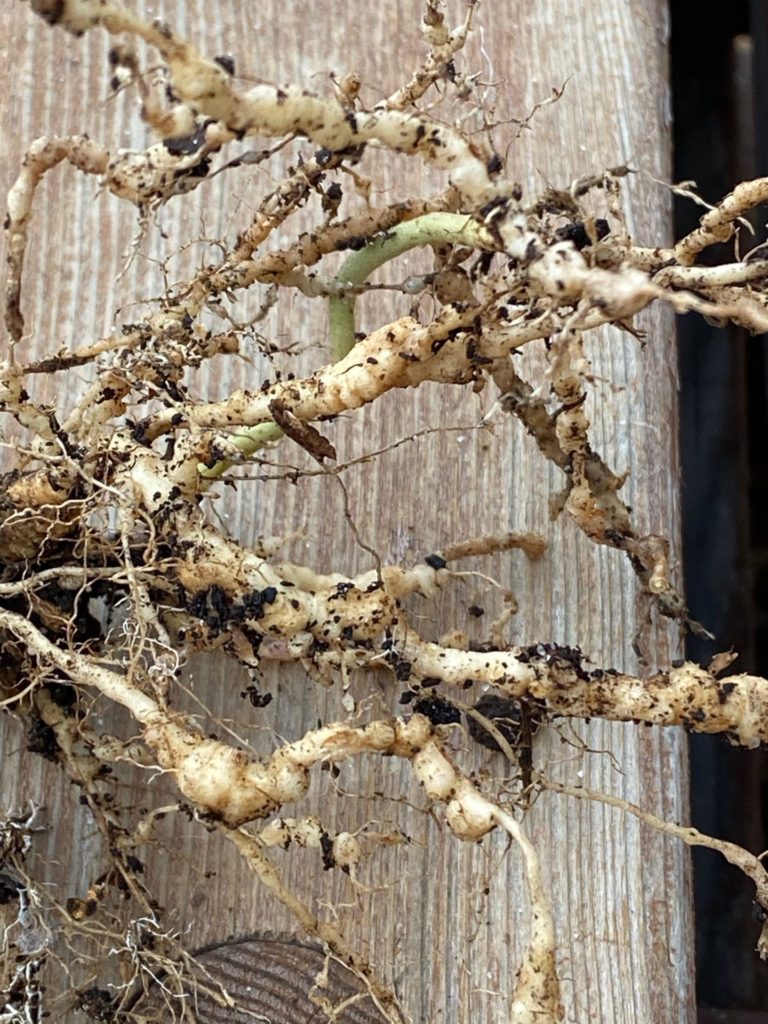
Plants That Are Affected
Root-knot nematodes infect a large range of vegetables and fruit such as tomatoes, carrots, onions, grasses, peppers, okra, squash, cucumber, sweetcorn. Sweet potato, beans, peas, and eggplant. They can even infect a large number of weeds although the weeds are not damaged the same as the vegetables. In addition, root-knot nematodes also infect a large variety of flowers such as zinnias, calendula, snapdragons, petunia, alyssum, hollyhocks, and many others. They can significantly affect stone fruit, pomegranates, mulberries, and figs.
Root-Knot Nematode Lifecycle
Root-knot nematodes go through 6 stages of life from egg to adulthood. In warmer weather, they go through these cycles much faster than in cool temperatures. Many species can go from an egg to an egg-laying adult in 3 weeks in the perfect conditions. Cold temperatures slow them down and deep freezing temperatures will kill them.
- The eggs can be viable for many years, however, moisture and correct temperatures will cause them to hatch.
- After the egg stage, there are 4 stages of juveniles and it is the second stage of juveniles that will infect the roots. This stage can stay in soils for over a year waiting to infect roots.
- Females stay inside the protection of the root gall, while adult males will leave. The female lays eggs in a jelly-like pile that will extend through the root into the soil.
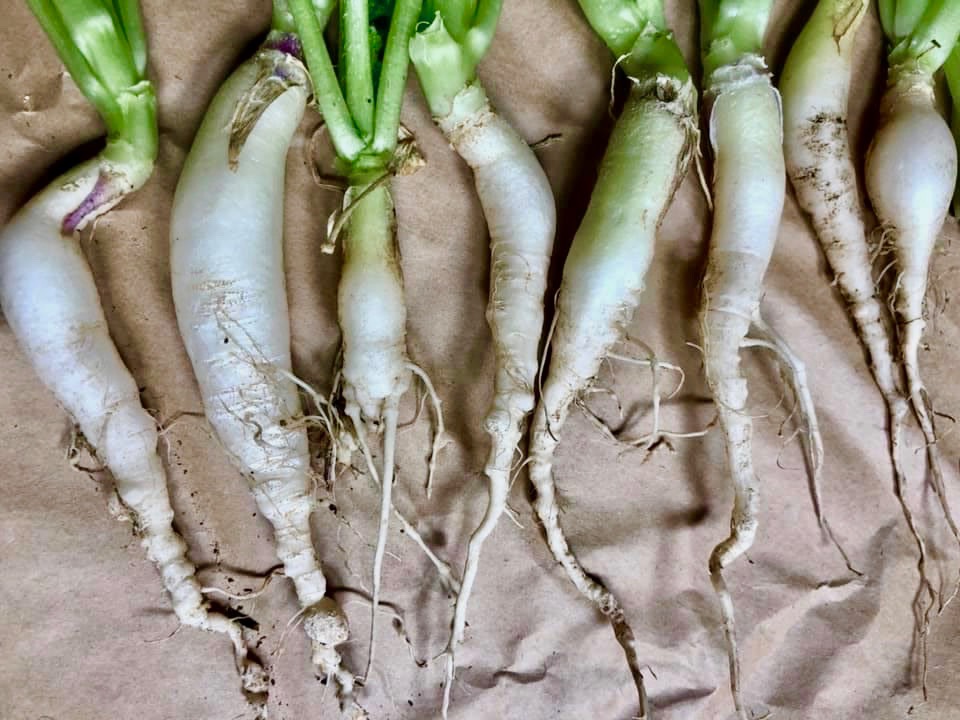
Treating Root-Knot Nematodes
- Solarization: Solarization is an acceptable way to treat root know nematodes especially in hot desert climates. This option will work best for the gardener who has in-ground beds and has enough space to have a bed treated, while still having enough space for crops elsewhere, but it may not be practical for those with a smaller space or container garden. The addition of an amendment such as chicken manure or alfalfa can be employed to heat up soils even more during this solarization process. It is important to note that in studies, solarization had an effect on some species of nematodes only. However, ammonium was found to be effective when employing solarization, and as such the alfalfa and chicken manures will contribute ammonia. Use clear plastic such as a painters plastic for the most effective solarization and solarize for at least 6-12 weeks in the summer. The soil temperatures should reach 120-140 degrees to be effective.
- Shrimp Meal: Shrimp meal is employed as a control/ treatment because of its high chitin content. The chitin encourages the increase of chitin eating beneficial soil organisms, that will also feed on the eggs of the nematodes due to the eggshells containing chitin. Eggs are laid in a jelly-like pile that extends into the soil from the root of a plant. Shrimp meal is high in nitrogen and is also alkaline. If used in alkaline soils the addition of a soil acidifier such as humic acids should be employed. Shrimp meal will also invite other unwanted critters and neighborhood cats. Areas treated with shrimp meal should be covered to avoid issues with other animals.
- Marigolds: There is a misconception that any marigold will treat/reduce root know nematodes. Specific varieties have to be employed to treat them in a specific way. Most gardeners think of using marigolds as a companion plant will treat nematodes but this is not always effective. Marigolds produce alpha- terthienyl(nematicide) which aids in the reduction of root-knot nematodes, the effectiveness differs in marigolds varieties. Tagetes patula, Single Gold, and Tagetes Erecta Cracker Jack are effective at suppressing Meloidogyne arenaria, M. incognita, M. javanica, and M. hapla. These work because they attract the nematodes but the roots contain nematicidal compounds. The eggs are unable to hatch due to the alpha- terthienyl, therefore suppressing populations. Tagetes minuta(khaki- bos) is a wild variety with a potent smell and is also used to control nematodes. Research indicates the best way to use marigolds to treat nematodes, is to plant them as a cover crop. As long as they are living, the roots will continue to act as a host for the nematodes. *The variety Signet should be avoided.
- Worm castings: Worm castings, like shrimp meal, is high in chitinase. Large amounts of worm castings need to be used in order to see results. Worm casting however does not affect the pH and does and does not add large amounts of nitrogen to the soi. Fresh worm castings would be most effective, if that is not an option, worm gold is best.
- Neem: Neem cake or neem meal is the by-product of neem oil extraction. It still contains a small amount of azadirachtin, the active ingredient in neem that makes it effective in pest control. It has an allelopathic effect on many pests, meaning it disrupts their life cycles. Neem also adds nitrogen to the soil.
- Castor Bean: Castor bean, like neem, has allelopathic effects in pests including root-knot nematodes. Castor bean is poisonous to many animals and humans and care should be taken if using it as a control/treatment.
- Beneficial nematodes: The beneficial nematode Steinernema feltiae can be used to reduce and control root know nematodes. Beneficial nematodes help control pests by getting into the digestive system of pests. They release a toxin that starts to kill off the pest they have entered.
- Crop Rotation: This is particularly important if there are root-knot nematode issues. Treat soils with amendments such as neem and worm castings and plant crops not susceptible to root-knot nematodes, such as brassicas. These crops will also appreciate the indeed nitrogen from the neem meal.
- Plant Nematode Resistant Varieties: While trying to reduce and control the root know nematode population, planting varieties that have resistance to root know nematodes is the best option. These varieties will continue to produce even in the presence of the nematodes. Tomatoes are most prone to attack and the temperatures get into the 90’s. One possibility is to plant much larger plants as soon as the soil warms up, allowing for good fruit set before the higher temperatures. Some tomato varieties that are resistant are Celebrity, Better Boy, Early Girl, and Parkers Whopper. Charleston Nematode Resistant Bell(Rough Wood Seeds) plus other varieties of peppers, beans and eggplants are available. Seeds and plants that are root-knot nematode-resistant are indicated with a capital N after the name.
Use Several Methods
Root-knot nematodes take patience to get under control. There is no foolproof organic control. It is best to employ several of the options listed above for the best results. While researching this garden pest, I came across the article below that has very interesting information. This control seems to work much the same as neem and castor bean but is best if planted.
https://gms.ctahr.hawaii.edu/gs/handler/getmedia.ashx?moid=4005&dt=3&g=12

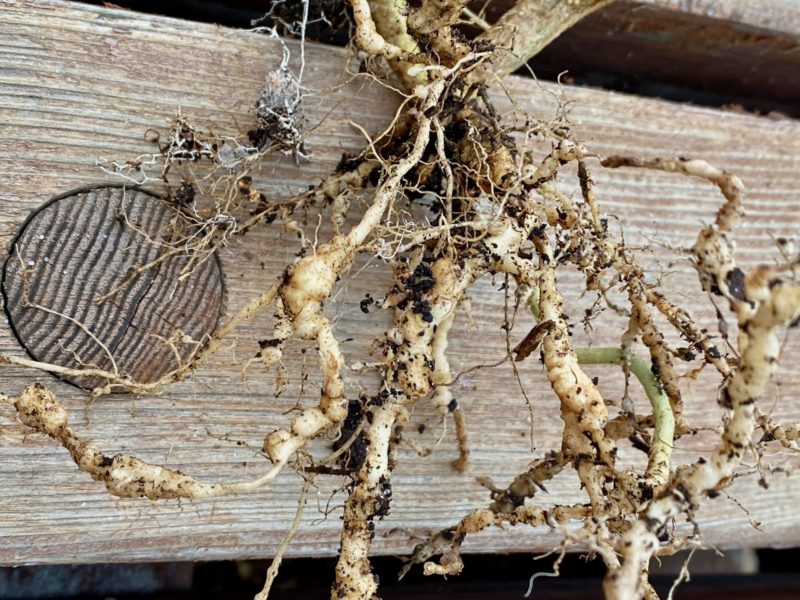
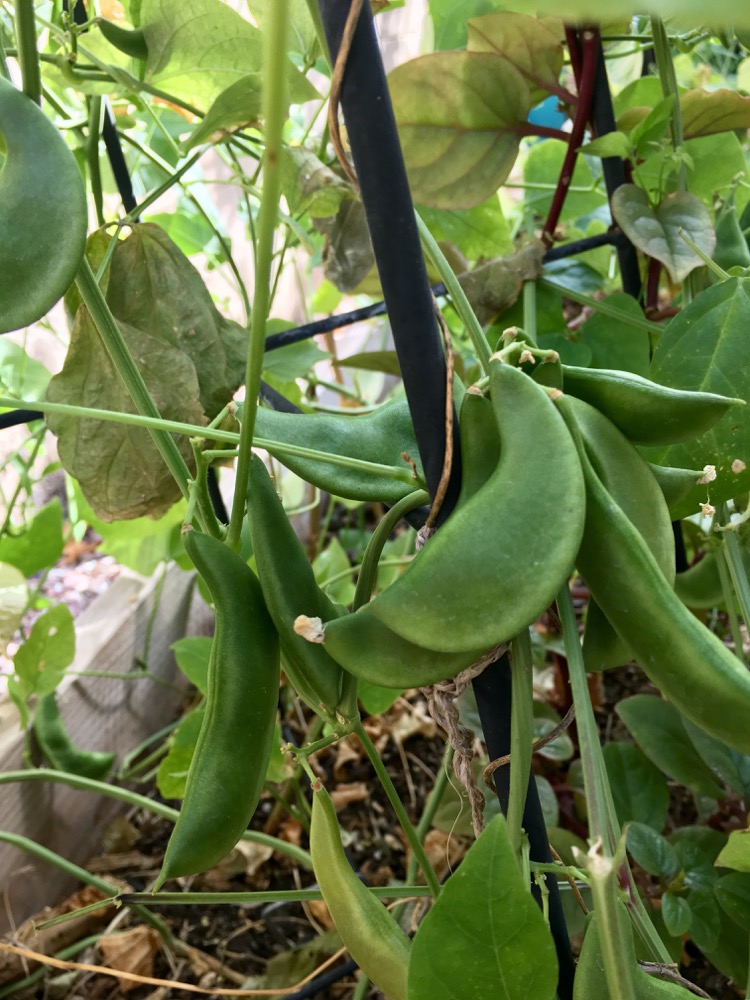
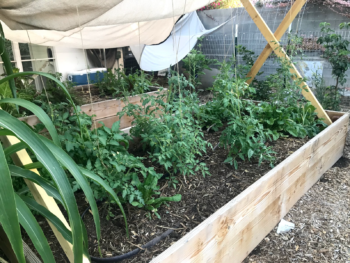
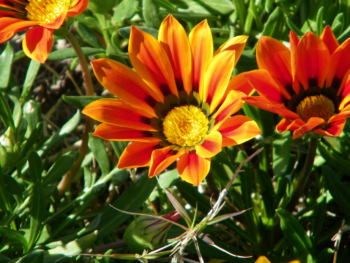

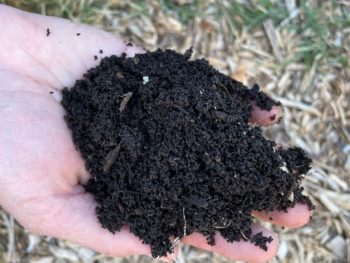
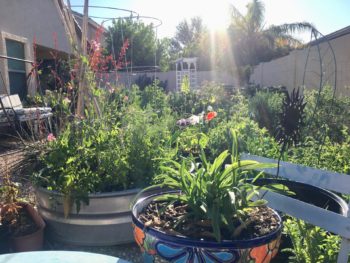

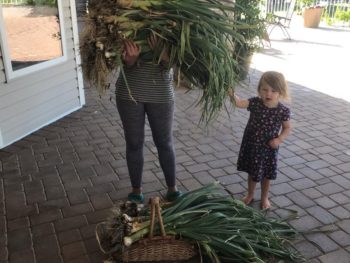
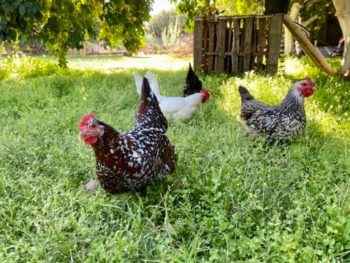

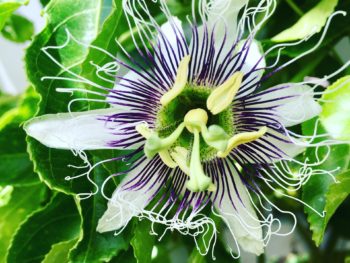
 How To Grow Beetroot In The Desert
How To Grow Beetroot In The Desert